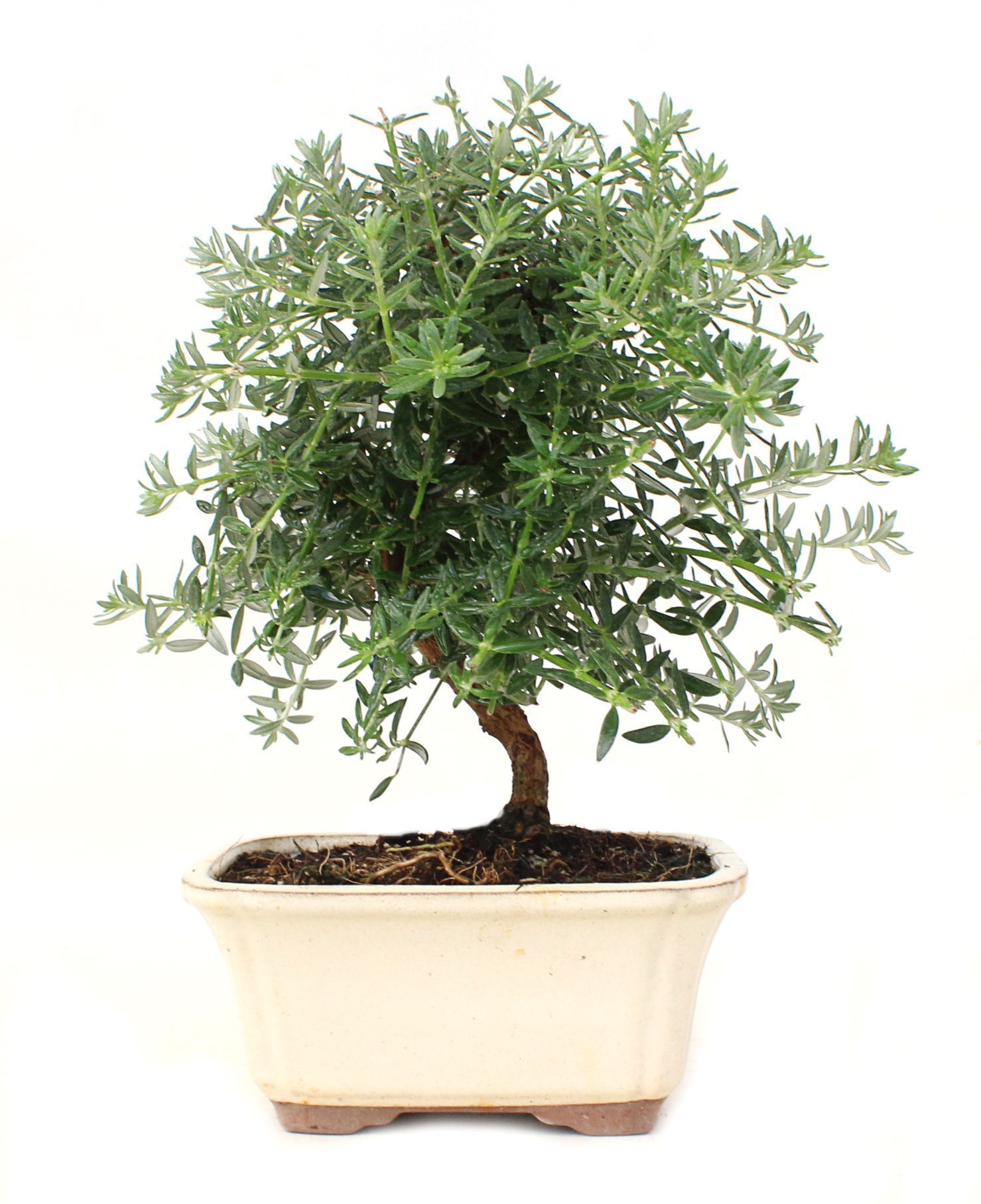Characteristics
It is a perennial shrubby plant, with grey-green foliage and white or yellowish inflorescences, which blooms in spring and summer.
Location
Outdoor, in full sun throughout the year (or in semi-shade during the hours of strong summer sunshine); withstands occasional frost up to -5 ° C.
Watering
Water moderately. It is necessary to let the surface layer of the substrate dry slightly between two watering. They prefer light and airy soils.
Fertilization
From spring to mid-autumn with organic fertilizer or liquid NUTRIBONSAI from MISTRAL, applied every two weeks through irrigation water.
Re-potting
Every 2 to 3 years, in early spring.
Substrate
A mixture of 6 parts of Akadama, with 4 parts of volcanic gravel can be used; otherwise Mistral Bonsai TERRABONSAI can also be used.
After transplanting it is convenient to water with a solution of VITABONSAI from Mistral Bonsai, to accelerate the recovery of the tree.
Pruning and pinching
Pruning
Perform pruning at the end of winter.
Pinching
Throughout the growing season we can perform light pinching to get a denser cup.
Wiring
Throughout the year, better in spring.
Curiosities
Originally, Westringia is endemic to Australia, which means that it is only in this area that it can be found naturally.

